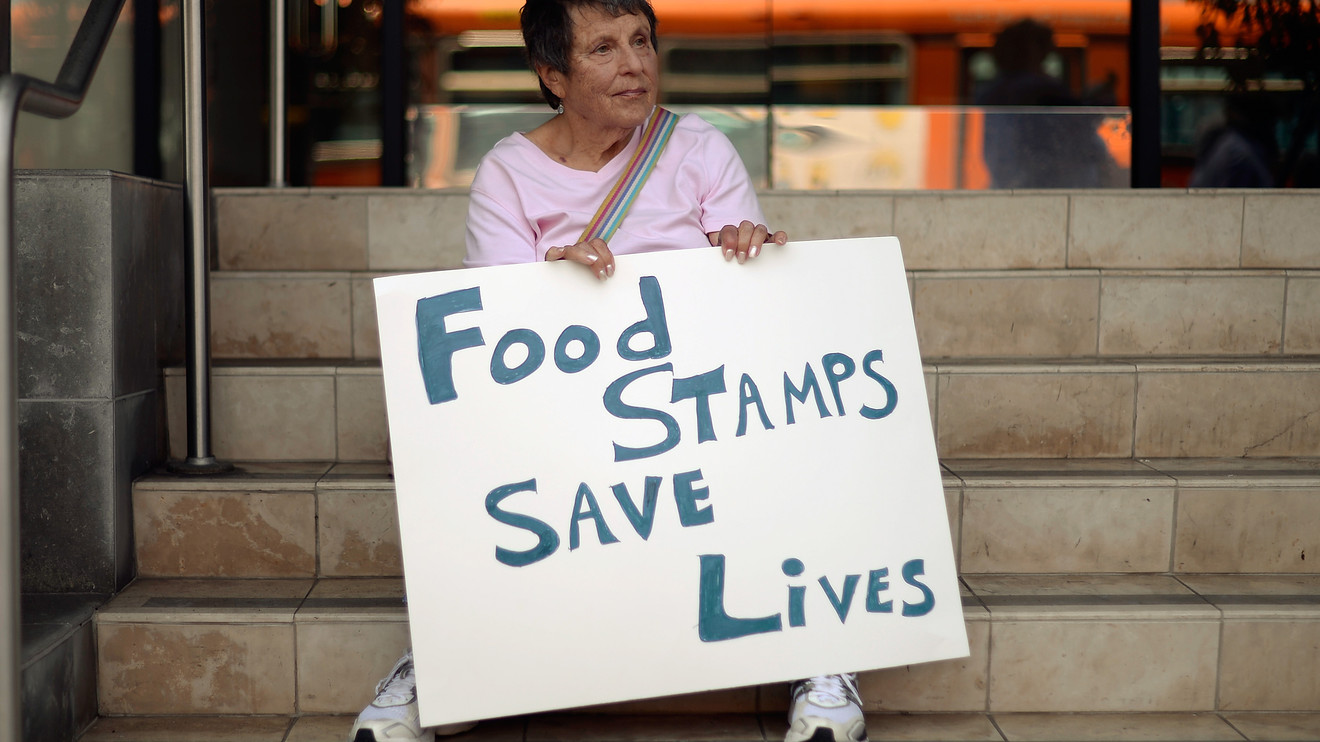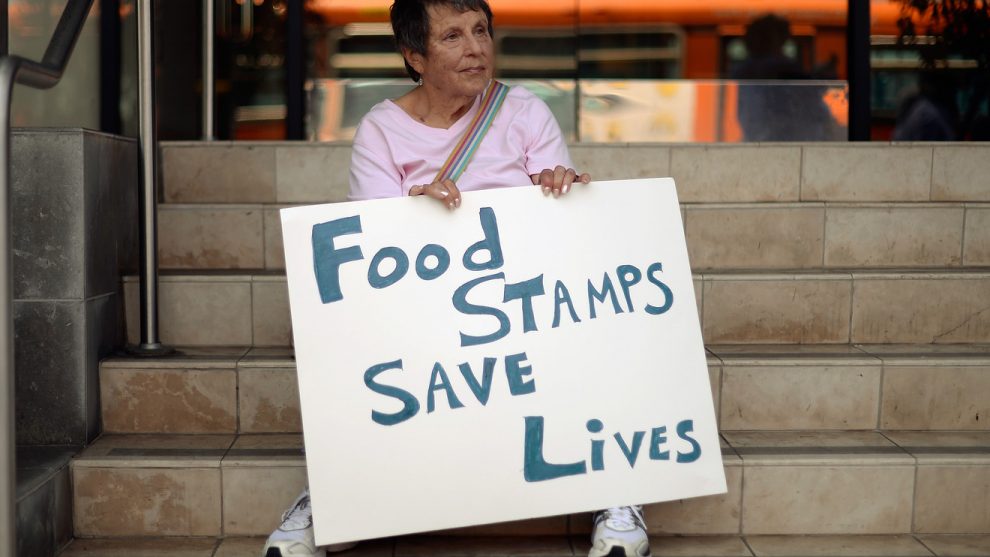
Millions of Americans are on the verge of a hunger crisis.
The U.S. Department of Agriculture announced on Tuesday plans to impose stricter rules on SNAP eligibility that could take away food stamp benefits from more than 3 million Americans, leaving many who are already struggling to afford food unsure of how they’ll get their next meal, and preventing kids from getting access to subsidized or free school lunches.
The Trump administration’s new rules for the Supplemental Nutritional Assistance Program (SNAP, often referred to by its former name, food stamps) would make it harder for Americans with slightly higher incomes and more savings to remain eligible for the program.
The Trump administration’s new rules for SNAP would make it harder for Americans with slightly higher incomes and more savings to remain eligible for the program.
Agriculture Secretary Sonny Perdue said in a call to reporters on Tuesday that SNAP should be used as a “temporary safety net,” marking the administration’s latest attempt to make it harder for low-income Americans to get government assistance.
But the hunger crisis in the U.S. is far from fleeting, considering 97% of counties in America are home to people who can’t afford or don’t have access to healthy food.
States can currently take into account cost of living factors such as rent and child-care costs when regulating SNAP income eligibility limits so households can keep getting access to affordable food even if their incomes are slightly higher.
The current system in place is also less strict about counting assets, whether it’s home ownership or a small savings account, so that families, seniors or individuals with disabilities in need can still get SNAP.
A household’s gross income has to be under 130% of the federal poverty line, or $32,640 per year for a family of four, to qualify for SNAP benefits.
A household’s gross income has to be under 130% of the federal poverty line ($32,640 per year for a family of four) to qualify for SNAP benefits. People currently qualify if their assets are at or below $2,250, or $3,500 or less if someone is disabled, or 60 years of age or older.
The new proposal, USDA officials said, looks to prevent people from taking advantage of a loophole in the system, like in the case of a man from Minnesota who allegedly had access to food stamps for months despite being a property owner with a reported net worth over $1 million.
But policy experts say fraud is not the major concern. “The rule change won’t prevent fraud,” said Carrie Welton, a policy analyst at CLASP, a national anti-poverty nonprofit advocating for policy solutions for low-income people.
She said it would create additional burdens and barriers for people who merely want to meet their basic food needs. “For some people, this is their only access to food as a basic human need,” she said. “This could be their life line.”
Critics say children will likely suffer most
“The administration’s ill-conceived proposal will kick millions of people off SNAP — seniors, children, working families and the disabled. It is yet another attack on hungry Americans that ignores the clearly-stated will of Congress,” Rep. Marcia Fudge, a Democrat from Ohio and chair of the House Agriculture Committee, said in a statement.
Fudge explained that similar proposals were debated in the 2014 and 2018 Farm Bills, and both were rejected because so many states rely on having the flexibility to categorize SNAP eligibility. “The ugly truth no one in this administration wants to admit is this: The economy isn’t working for our most vulnerable. They still need a hand up, not a heartless, mean-spirited policy.”
More than two-thirds of SNAP participants are families with children, yet in places where healthy food is scarce, 29% are not eligible for most federal nutrition-assistance programs like SNAP, according to a study by Feeding America.
So it’s no surprise that parents are struggling to afford school lunches for kids, Welton notes. “It reduces children’s access to nutrition and school-lunch programs because some people may not be aware they can apply,” Welton said.
A school district in Pennsylvania sent a memo home to parents who hadn’t paid their child’s school lunch debt, threatening to place children in foster care if their parents didn’t pay up the money they owed. The amounts ranged from $12.50 to $450, The Washington Post reported.






